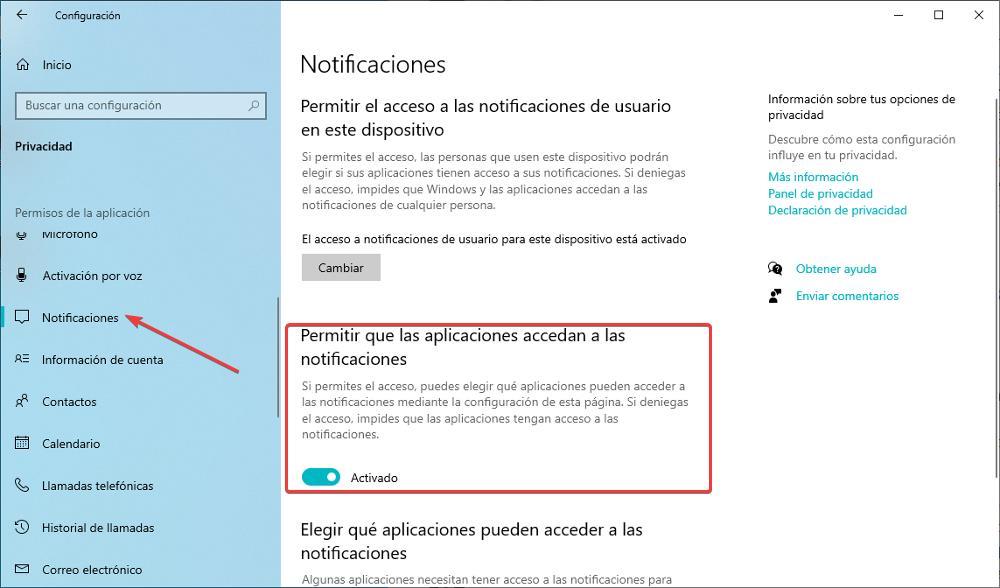
The numbering that Microsoft uses in its operating systems, at least in recent years, is not based on any logic. The only operating systems that have been associated with a specific year were Windows 95 and Windows 98. Later came Windows XP, Windows 7, Windows 8, Windows 10, and Windows 11. Where did Windows 9 go?
With each new version of Windows, Microsoft takes advantage of partially or totally remodel the graphical interface retaining most of the configuration options, some of which, like the Control Panel, have been in the same design for more than 20 years. With the launch of Windows 7, Microsoft introduced a new design away from Windows XP, a design that everyone liked, being, over the years, along with XP, the two most popular operating systems that Microsoft has released to the world. market.
When Windows 8 arrived, Microsoft introduced a new design that was completely different from what Windows had been since its first versions, a tile-shaped design that completely changed the way users interact with the operating system, prompted a large number of of criticism from users forcing the company to launch Windows 8.1 to reintroduce the classic start button. This design was focused on computers with a touch screen, a technology that 11 years after the launch of Windows 8, is still not an option for many users.
When everything seemed to indicate that the next version of Windows would be Windows 9, Microsoft released Windows 10. What happened to Windows 9? The reason for skipping this version of Windows is related to the arrival of Satya Nadella as head of Microsoft, replacing the controversial Steve Ballmer.
Microsoft wanted to give the impression that, after the change in the top management, the company had been completely renovated and that all the decisions Ballmer had made were a thing of the past and would not be repeated. When everything seemed to indicate that Windows 9 would be the next version of Windows, a year before its launch, this change occurred at Microsoft. In addition, Windows 10 was a radical change compared to the two previous versions of Windows as it incorporated the two main features of these: the start menu that had disappeared with Windows 8 and the information tiles, tiles that, with the launch of Windows 11 have become part of history.
By going from Windows 8.1 to Windows 10, Microsoft implied that there was no continuity with that version of Windows that users liked so little. It was really more of a marketing strategy than anything else, but it was more than enough to get back to the attention of users who, with the launch of Windows 8, had considered not upgrading and continuing with Windows 7, even if it was no longer supported. That was better than completely changing the user experience.



